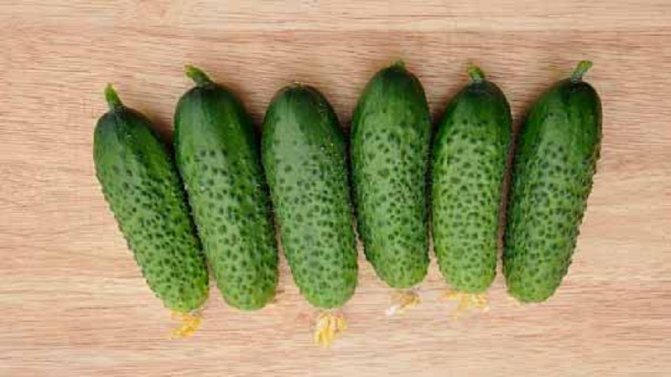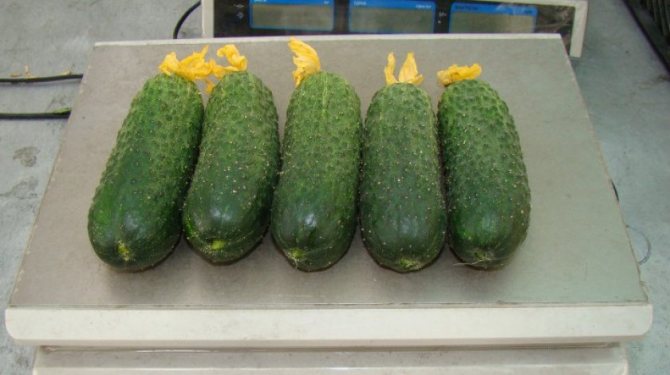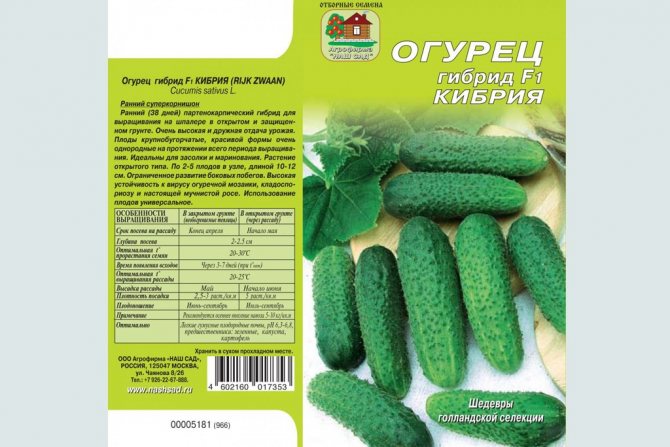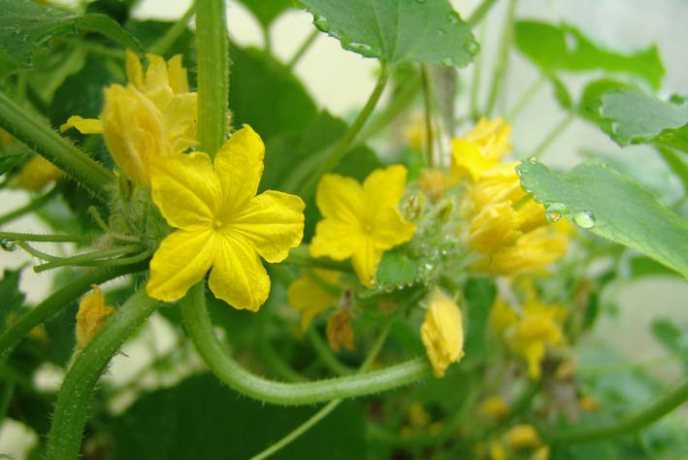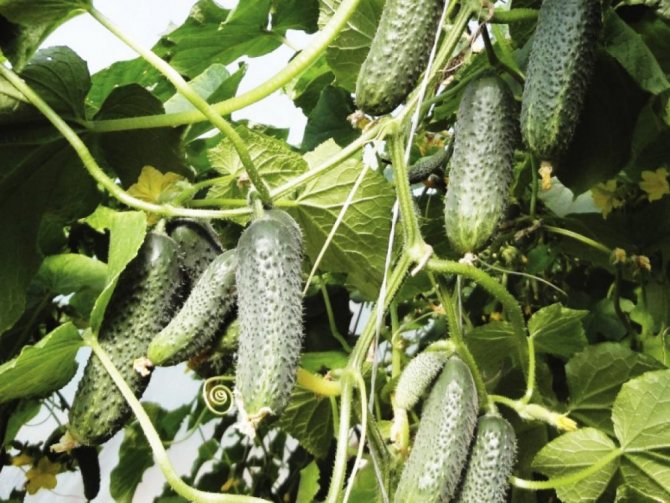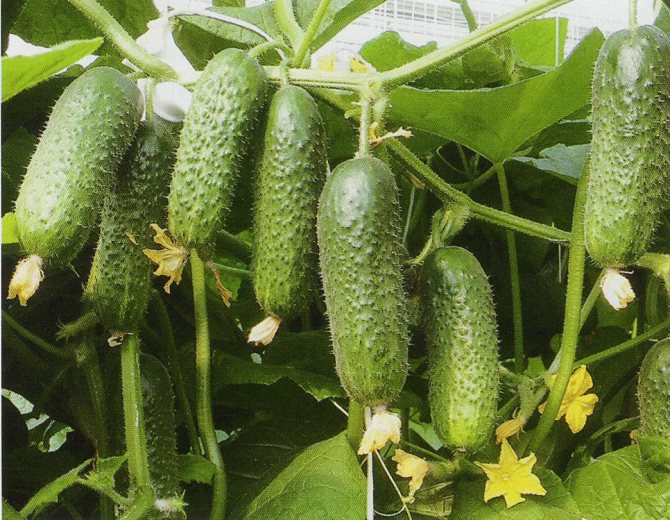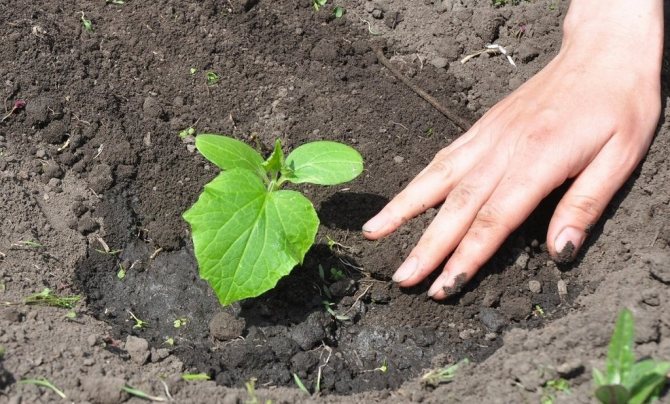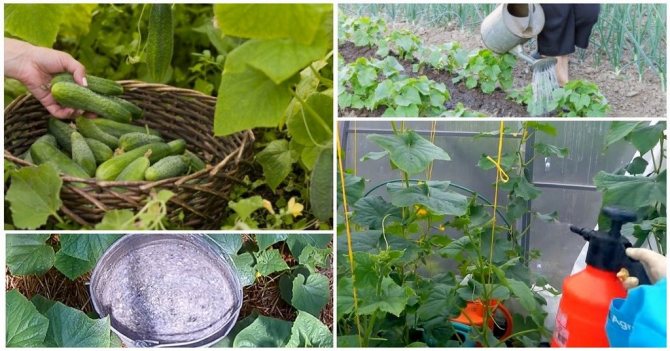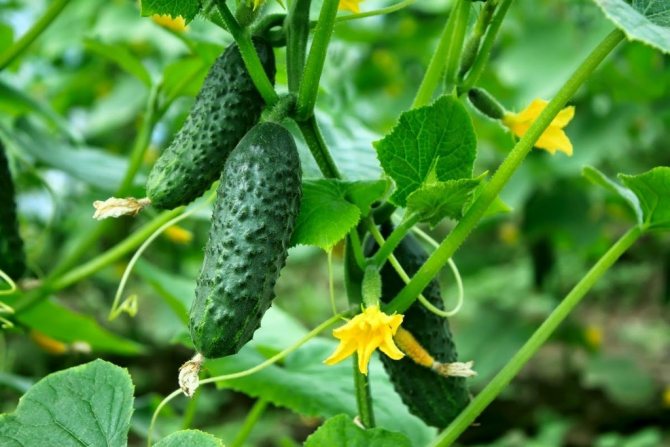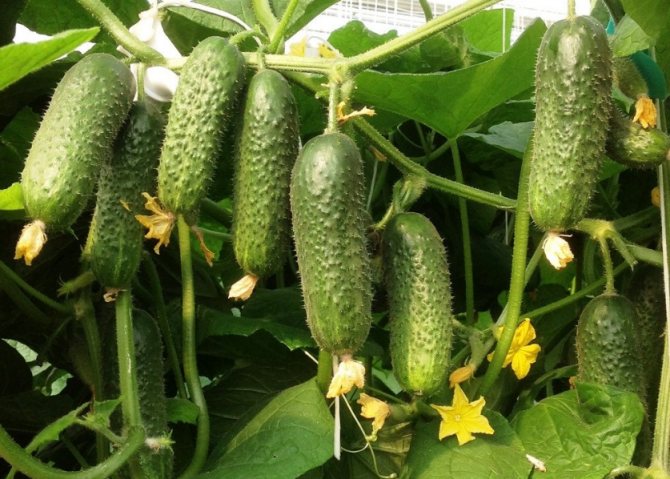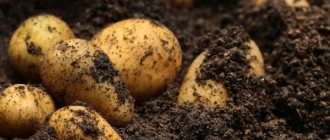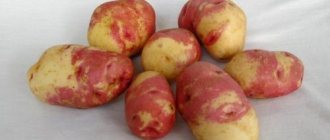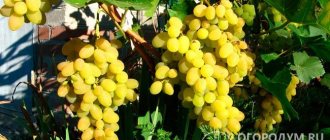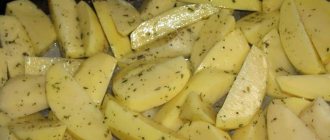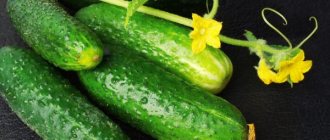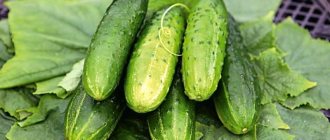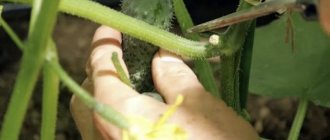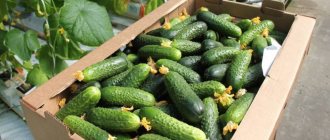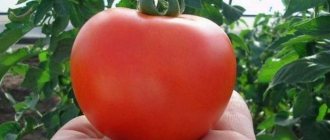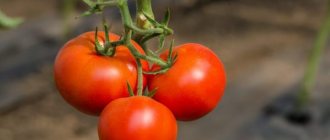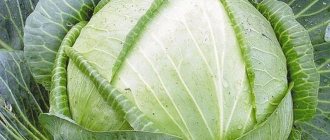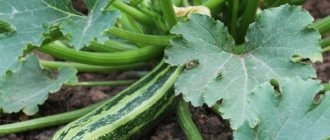Vegetable growing »Cucumbers
0
889
Article rating
Kibriya cucumber appeared on the world market relatively recently. For the entire existence of Kibriya f1 has been recognized as one of the best varieties of cucumbers. It is for this reason that every gardener wants to plant him on his site.
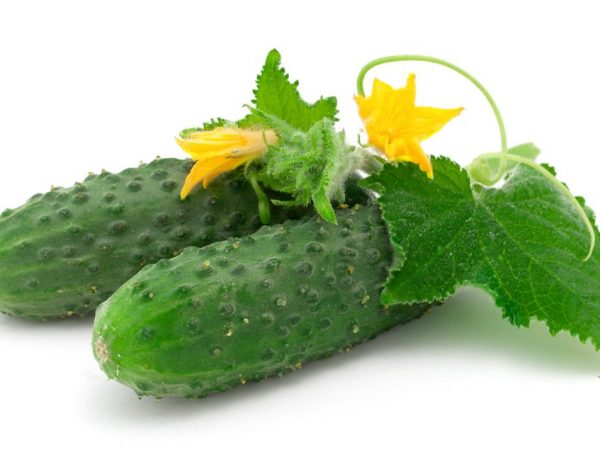
Description of the Kibriya cucumber
Description of the variety
Cucumber Kibria F1 is a generative powerful and high-yielding plant. Quite compact shrub of this variety is easy to form.
Cybria thrives and bears fruit in nutrient-rich soil. Basically, the plant is grown in greenhouses, as it is a parthenocarpic (self-pollinating) variety. But it is possible to grow crops in the open field without a film coating.
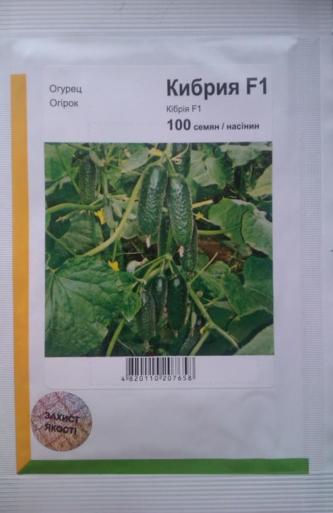

Cybria is a liana-type plant, so it must be tied to a net, trellis or other support.
Due to its strong set, the variety is considered a high-yielding variety. At the same time, strong shoots can easily withstand the load and do not shed flowers and new ovaries. Cucumber fruits are short, oval in shape. The color is dark green with small light stripes, the surface is medium-sized tubercles. Cucumbers have a characteristic crunch when biting. The pulp is sweet, very firm, without voids.
The ratio of the length and thickness of the vegetable is 3.2: 1. The fruits ripen very early. In 1 bosom, they are tied from 2 to 5 pieces. Leaves are green, standard size.
Reviews of gardeners
This spring, in my garden for a client, I sowed cucumbers variety "Kibriya", this is a super-early hybrid with a high return on early harvest. The similarity of the seeds is high, almost the entire bag, which is about 10 seeds, has sprouted. This variety is very fond of good self-care, so that it is watered on time, treated from pests and diseases. It can withstand significant fruit overload and does not stunt growth. The cucumbers themselves are large-knobby, and dark green in color. The taste is very tasty, juicy, the skin is soft. And what is especially important for the hostess are very productive))) Also, this variety can be planted in your home greenhouse. I am very pleased with this variety, I did not stay without cucumbers for the winter))))
Olga:
I read very flattering reviews about Kibriya cucumbers and planted 10 bushes last year. I was very pleased with both the quantity and quality of the cucumbers. I tried to pinch on time, collect greens, water with warm water, every 2 weeks I carried out top dressing and foliar feeding. The harvest made me happy! And more than once! Cucumbers without flaws - smooth and beautiful, dense and mellow. All the neighbors were interested in what kind? Next season I plan to plant 40-50 bushes in order to grow a serious crop for sale.
Planting and leaving
A set of measures for growing this crop consists in watering, feeding, loosening and weeding the soil, protecting against pests, as well as a certain formation of the bush.
Landing
When growing cucumbers in greenhouses with heating, seeds are planted at the end of December. The sprouts are transplanted to a permanent place in the greenhouse in January, when 4-5 leaves appear on the shoot. The soil temperature during planting should be 18-20 ° C.
2-3 days after planting, the shoots are tied to a trellis. The plant needs constant feeding (4-5 times per season). During the period of active development of shoots and the appearance of new leaves, compositions with nitrogen are usually added.During flowering and fruit setting, fertilizing with phosphorus is recommended. During the ripening of the fruits, agents with potassium and nitrogen are used. Cucumbers are fed exclusively with aqueous solutions of fertilizers. The method of introducing dry compositions into the soil when growing this variety is not used.
Unheated greenhouses can also produce good crops. But in this case, the seedlings should be planted in April - May.
If there are supports, the plants will have a sufficient amount of sunlight. Fertilizers for cucumbers are applied in the same way as when planting in a greenhouse with heating.
Bush formation
The main fruit ripening in this variety occurs on the main stem. Therefore, experts recommend a rather non-standard formation of bushes. First, it is recommended to blind the first 4 to 7 sinuses on the main stem. Then all the lateral processes and excess ovaries (with the number of 3 in the node) are cut off on it, up to the trellis.
Next, you need to throw the stem over the trellis and lower it down, pinching it after 4 - 5 sheets. Leave 1-2 side shoots of the first order on the trellis. It is also recommended to remove the mustache. With this formation, the bushes remain open to the sun or artificial light, and the fruits ripen faster.
This system becomes especially relevant in the period of low illumination.
The recommended planting density is 2.6-3 plants per 1 m².
Growing
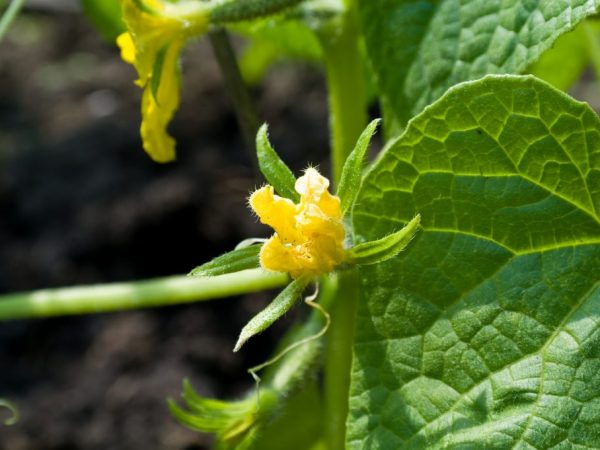

45 days after planting, the plant will begin to bear fruit.
Planting is carried out mainly with the help of seedlings. The thing is that the seeds will not be able to give as much yield as seedlings. For growing cucumbers, seedlings do not need to be treated with growth stimulants. This species already has excellent growth characteristics. Growing in a greenhouse is carried out in special containers, which should be at a distance of 40 cm from each other, because this allows the root system to remain safe and not damaged when transplanted into open ground.
The soil for cultivation is chosen that has a low acid-base balance. If it begins to exceed the mark of 6-6.5, then the soil should be treated with special preparations with a high lime content. The soil for planting should contain a small amount of peat, which will allow the crop to ripen even faster. It should also contain drugs such as Perlite or Vermiculite.
Until leaves appear on the seedlings, the humidity in the greenhouse should be more than 90%. Once the first sheets have started to form, the moisture can be lowered to 80% Watering of planting material should be carried out with water of a certain temperature. It should not be less than 20 ° C. Otherwise, the root system may freeze and not yield a crop.
As soon as you decide to plant cucumbers in the open field, you should wait until the soil warms up to 20 ° C. You should also loosen the soil a little so that a sufficient amount of air enters the root system. This will prevent rotting. No more than 2 plants should be planted on 1m2. After planting, 45 days should be counted. It is after this period of time that you can start harvesting.
If you properly care for the Kibriya cucumber, then he will reciprocate. That is, only after high-quality and timely care, you can get high yield rates. The description of caring for this type of plant consists in correct and timely watering, feeding, loosening the soil and processing with disinfectants. Do not forget that it is important to form a bush.
Watering is carried out exclusively with water at room temperature. It should be installed only after draining of the soil has been noticed. This is best done using drip irrigation and in the evening.In this way, there is a greater likelihood that moisture will remain in the ground rather than evaporate.
Sowing
Agricultural experts recommend planting cybrids using the seedling method. This has a beneficial effect on the survival rate of shoots and has a positive effect on the amount of the crop.
The seeds do not require preliminary preparation, they have gone through the whole complex of processing and can be planted. It is preferable to sow seeds in special seedling cassettes or pots. This will further eliminate injuries when transplanting sprouts into a greenhouse or garden bed.
Until the time of transplanting seedlings, it is recommended to feed the shoots with solutions based on micro- and macroelements.
Before the appearance of 1 leaf, the air humidity should not be less than 90-95%, and after its growth - 80-85%.
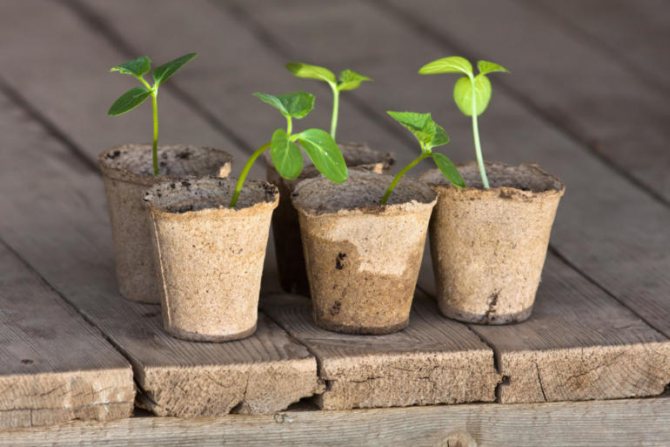

Testimonials
Irina, 32 years old, Tambov
We have been planting cucumbers of the Herman F1 hybrid in the greenhouse for several years, and since 2014 we switched to Kibriya F1. An excellent option for an early spring harvest of fresh vegetables. Seeds, of course, are expensive, but it is better to buy professional Dutch seeds. They are more reliable in germination and demonstrate all the promised advantages to the full. The bushes are very powerful, strong, withstand a large number of fruits pouring. The zelents themselves have excellent taste, no bitterness, the pulp is dense and crispy, perfect for food and preservation. Salt and marina from the very beginning of summer. I treat all my relatives and friends with homemade cucumbers.
Olga, 44 years old, Orenburg
I read very flattering reviews about Kibriya cucumbers and planted 10 bushes last year. I was very pleased with both the quantity and quality of the cucumbers. I tried to pinch on time, collect greens, water with warm water, every 2 weeks I carried out top dressing and foliar feeding. The harvest made me happy! And more than once! Cucumbers without flaws - smooth and beautiful, dense and mellow. All the neighbors were interested in what kind? Next season I plan to plant 40-50 bushes in order to grow a serious crop for sale.
Elena, 52 years old, Yekaterinburg
We grow cucumbers in a polycarbonate greenhouse, conditions do not allow outdoors. We chose several self-pollinated hybrids: Merenga, Courage, Kibria. We form the bushes into one stem and tie them to the trellis. We feed with organic matter, prophylactically spray against pests and downy mildew with Quadris or Infinito. To avoid root rot, we treat the seedlings with Previkur Energy. Cucumbers bear fruit all season very amicably, delight with their beautiful appearance and excellent taste.
Watering
It is recommended to water cucumbers with water with a temperature of 20-21 ° C. Watering must be done when the top layer of the soil dries up.
Drip irrigation is considered the best option for greenhouse cucumbers, but you can also water it by hand. When watering manually, it is necessary to protect the beds from the formation of a soil crust and shallow and gently loosen the soil.
Before the formation of buds, cucumbers are recommended daily irrigation at the rate of 5-10 liters per 1 m².
Pests and diseases
The cyber cucumber is rarely sick, but it can be affected by root rot due to stagnant water under the plant. The prevention of the disease will be the usual tying of shoots, because the less contact with the ground, the lower the likelihood of rot.
Also, kirbium cucumber can be affected by pests such as aphids, whiteflies, spider mites and thrips. They get rid of aphids with contact action insecticides, and systemic thrips. It is difficult to remove the whitefly, it is better to carry out the prevention of this pest - to prevent an increase in temperature and humidity. Specialized preparations - acaricides - will relieve the spider mite.
Is it worth growing "Kibriya" cucumbers at the dacha
Cucumbers of the gherkin type "Kibriya F1" from agrotechnical appeared in our country several years ago.Less than 10 years after their breeding, and the variety is already popular with gardeners. Now the cucumber "Kibriya" is included in the register of the state and is cultivated in the winter-spring and spring-summer turnover, both in film greenhouses and on open soil.
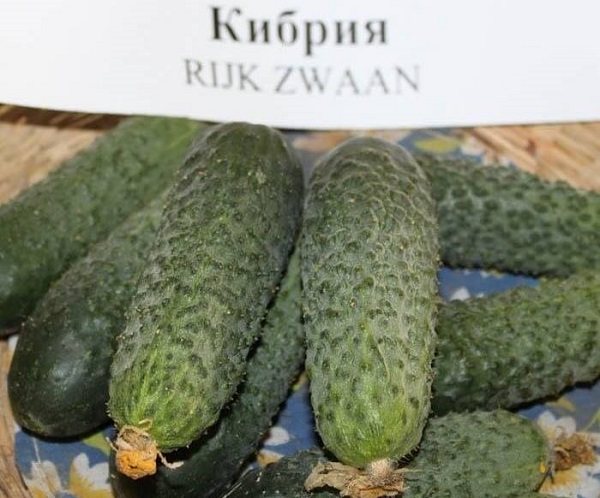

Advantages and disadvantages of the variety
Cucumber Kibriya F1 has many advantages over other varieties of this vegetable crop:
- cucumbers are not demanding in care;
- resistant to adverse weather conditions;
- their fruits do not taste bitter;
- cybria has excellent taste;
- the variety is resistant to most diseases;
- cucumbers have a long keeping quality.
Disadvantages of a hybrid:
- low resistance to root rot;
- the need for feeding;
- expensive seeds.
In conclusion, we can say that the Kybriya cucumber has an extremely high yield and does not require special care. It can be used both fresh and for conservation. A properly selected soil, periodic top dressing and timely watering will further increase the yield of the variety.
Cybria F1 - the result of the work of scientists from Holland
Hybrid cucumber variety Kibriya F1 is distinguished by its ultra-early maturity (40–45 days) and excellent taste characteristics of the fruit. The hybrid was bred in Holland, a group of scientists from the Rijk Zwaan company worked on a successful combination of its qualities and properties. Cybria breeding was completed in 2009. And now, after 9 years, the hybrid has become recognizable not only in its homeland, but also gained fame far beyond its borders. In Russia, the culture was included in the State Register of Breeding Achievements in 2011, where it is recommended for cultivation in the North-West region, as well as in the Central District of our country.
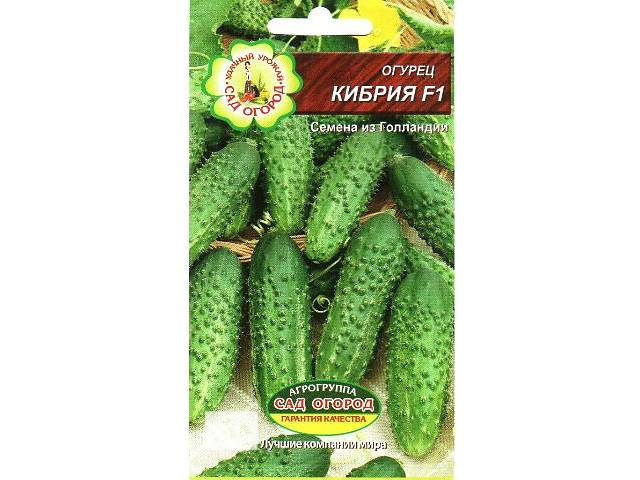

Cucumber Kibriya F1 has no seeds in its fruits
Reviews of experienced gardeners make it clear that a cucumber can be grown year-round, but subject to covered soil. Kibriya feels equally well both in a large greenhouse and in a small foil greenhouse of an amateur vegetable grower. Of course, no one forbids growing a hybrid in an open garden, but this is not recommended. Why? The explanation below will help you figure it out.
Plant type
Plants of this hybrid variety are parthenocarpic. That is, they do not need pollination: their fruits are set without pollination. At the same time, no seeds are formed in the greens. Seeds for planting from Cybria are impossible to obtain, they need to be bought every year.
In addition, parthenocarpic plants do not like to be pollinated by a pollinator. And this cannot be avoided if the cucumbers are planted in open ridges. If bent, crooked and dwarf fruits are observed on the plants, this is the result of the pollination of the hybrid by bees. It is for this reason that it is extremely irrational to plant Kibriya outdoors.
For a hybrid, pollination by bees is undesirable - the shape of the fruit suffers from this. When there is an opportunity to grow cucumbers in open ridges, it is best to select bee-pollinated varieties and hybrids.
Plants of Cybria F1 are open, vigorous, indeterminate, that is, unlimited in the growth of the stem. Lateral shoots on the main stem are poorly formed, requiring moderate bush formation. Leaves are medium in size, green. The flowering type is female. In one leaf sinus there are 2-3 fruit ovaries.
Zelentsy
The fruits are oval in shape, have a deep green color, lumpy and thin peel. The taste indicators of the fruits were highly appreciated by vegetable growers: they are crunchy, with a uniform dense pulp structure, without a bitter taste. It is noted that the quality of the fruit does not decrease even after a long two-month fruit formation. Zelentsy is used in food fresh and prepared in the form of preserves and pickles. The fruit that has reached a length of 10–11 cm and a weight of 80–110 g is considered to meet the requirements of commercial quality.
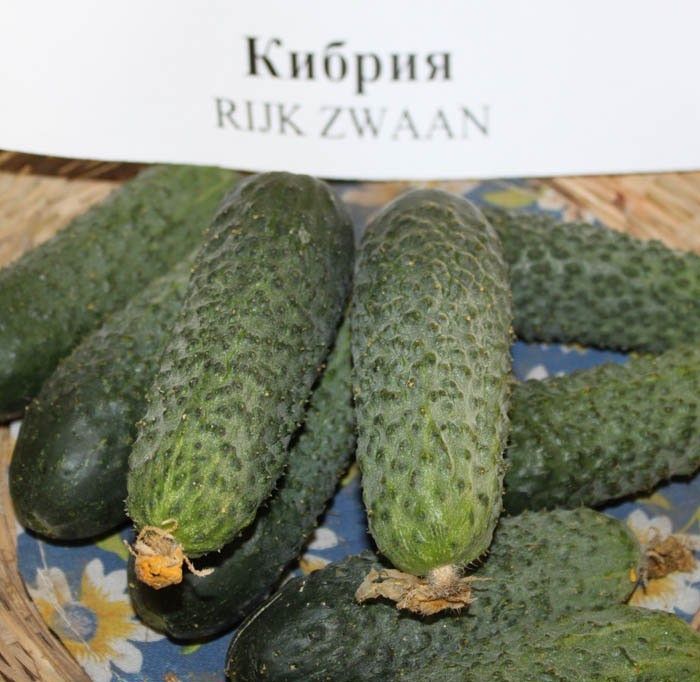

Zelentsa of Kibriya are good both fresh and prepared
Cybria cucumber yield
One square meter of a cucumber plantation is capable of giving fruits in the amount of 17.3 kg - 19.3 kg, provided that the rules of agricultural technology are followed. These yield indicators are almost 2.5 times higher than those of the Alisa and Kurazh hybrids. That is, the yield of this cucumber is quite high.
Pros and cons of the Cybria hybrid
Weighty arguments in favor of choosing Cybriya F1 are such as high productivity in terms of yield, good keeping quality of fruits, their transportability, lack of bitterness. Plants of the hybrid do not need pollination by bees, ideal for growing in closed greenhouses. They have good resistance to many diseases - cucumber mosaic, powdery mildew, cladosporium disease. After enduring unfavorable weather conditions, the plants quickly recover and resume vegetation.
Along with the pluses, minuses are also noted in Cybria. In particular, this is whimsical nutrition - it needs regular feeding, weak resistance to greenhouse heat and stuffiness (the leaves begin to dry out, the ovaries fall off), poor resistance to root rot (rhizoctonia, pytium, fusarium).
The disadvantages include the high cost of seeds. What is important for vegetable growers who have focused on the cultivation of greenhouse gherkins.

